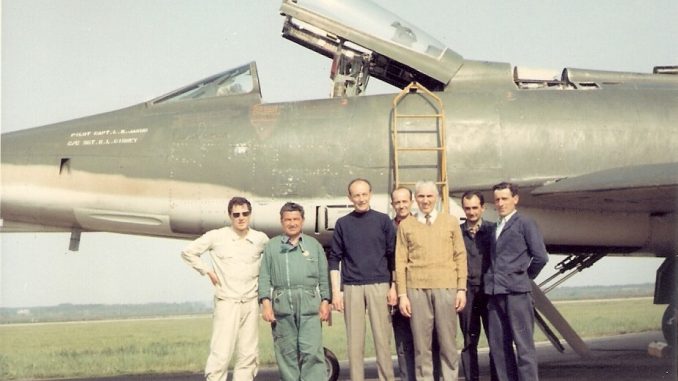
Your Stories is a collection of memories sent by our readers and readopted as article for this website. If you are interested in sharing your memories and stories with us please contact us HERE.
The F-100 Super Sabre was North American’s successor to the earlier F-86 Sabre, which had seen great success during the Korean War. Though plagued by early performance and handling issues, the definitive version of the aircraft, the F-100D, saw extensive use during the Vietnam War both as a fighter and in a ground-support role. While the U.S. Air Force phased the type out of Southeast Asia by 1971, as newer aircraft became available, the F-100 lingered on in second-line units. The Super Sabre enjoyed significant export success as well, with several NATO air forces such as Denmark, France, and Turkey operating them. Taiwan also fielded a significant fleet of their own examples too.
Since US Air Force Europe had a prodigious number of F-100s in operation throughout the 60s, while also employing the type heavily in Vietnam, Washington had to assign maintenance contracts to its European allies due to a shortage of U.S. personnel. As a result, Construcciones Aeronáuticas SA (CASA) of Spain and Siai-Marchetti in Italy received some of these awards for different program levels of maintenance.
Alberto Ramelli was a young engine technician working for Siai-Marchetti at the time his employer obtained a 1st level of maintenance contract from the USAF for the North American F-100 Super Sabre. About 150 airplanes (F-100 Cs,Ds and Fs) were part of this work order, coming from USAF bases in Europe, Turkey, Libya and Vietnam.
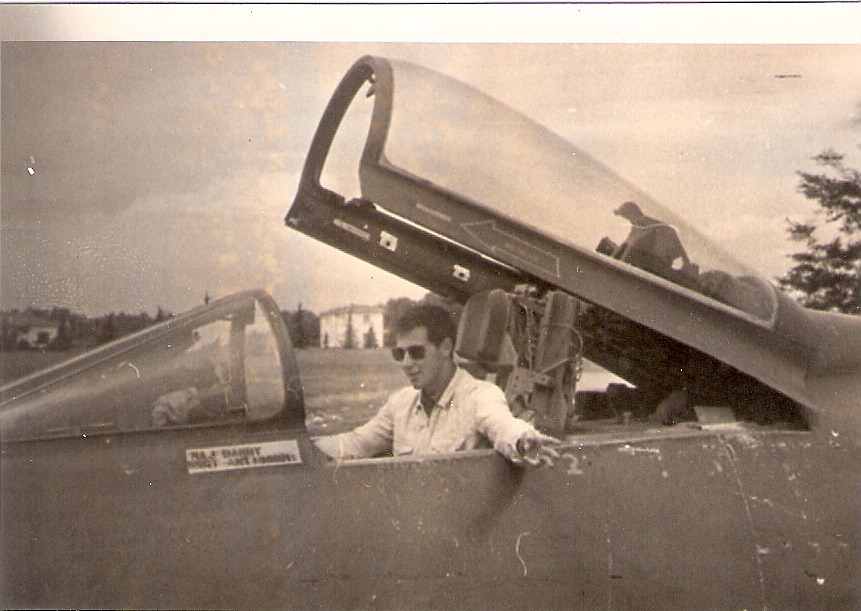
Alberto recalled, “I remember a cold day in the Spring of 1968 when we visited Aviano AB for an initial visit in order to start the familiarization process with the airplane. Soon after, we received all the material and tools needed for the maintenance, including a test bed for the J-57 engines. A technician from North American Aviation was sent to Malpensa to support our work.”
The Siai-Marchetti technicians were responsible for checking the integrity of the wings (which included their full disassembly) and applying a structural modification to the centre fuselage. Siai-Marchetti performed its tasks well, often under cost and ahead of deadline. Indeed, both North American and the USAF were so impressed with Siai-Marchetti’s work that they assigned them a contract for the intermediate level inspection. The image gallery below shows a selection of images of Hun maintenance at Siai-Marchetti’s facility at Malpensa International Airport.
Alberto recalled another detail, “We were thinking outside the box and offered the Americans different solutions to existing problems with the airplane. I remember in one occasion that the fuel filter was contaminated. The position of the filter in a lower part of the engine offered only a visual inspection, but it couldn’t be physically inspected without removing part of the rear fuselage. This procedure took obviously quite some time. After several tries, I found a way to inspect and eventually access the fuel filter without removing the fuselage, thus saving several hours and money!”
Due do its success with the assigned contracts, Siai-Marchetti tried to obtain the multi-level maintenance contract for all the airplane based in Europe and Vietnam during the conflict, but unfortunately lost this to Spain’s CASA.
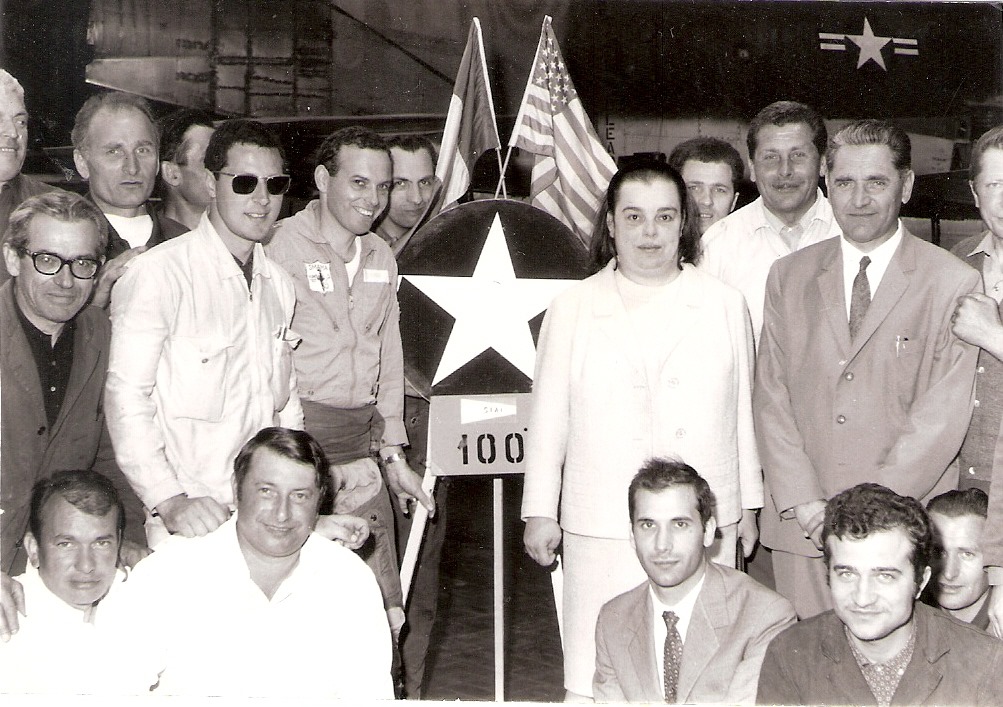
Despite Siai-Marchetti losing the later F-100 contract to CASA, it is noteworthy to highlight that the company maintained and inspected other aircraft for the United States Air Force, including the C-45, C-47, C-54, B-57, T-39, C-123. They also worked on U.S. Army aircraft such as the L-19, L-20 and L-23 and many other types. Indeed, the graphic below illustrates the large variety of types which the Venegono-based company worked on (many thanks to former Siai-Marchetti’s employee Paolo Montonati for providing us this image).
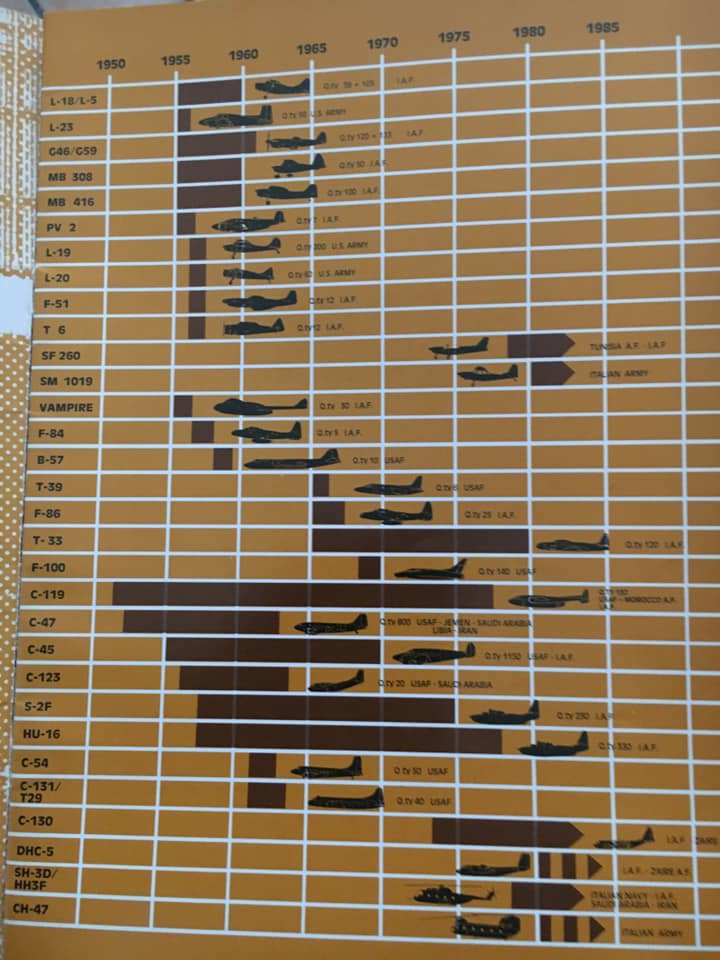
Alberto Ramelli continued working for Siai-Marchetti until its retirement.
Many thanks indeed to Alberto Ramelli and Paolo Montonati for contributing to this story!
Your Stories is a collection of memories sent by our readers and readopted as article for this website. If you are interested in sharing your memories and stories with us please contact us HERE.

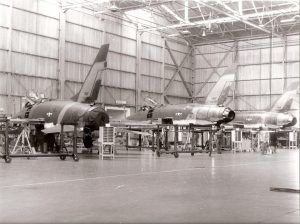
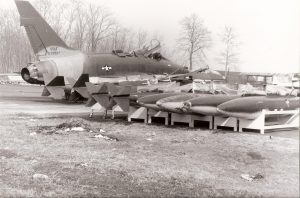
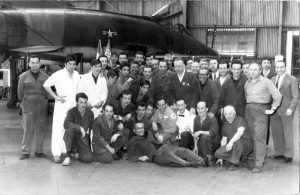
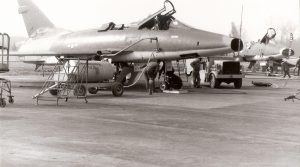
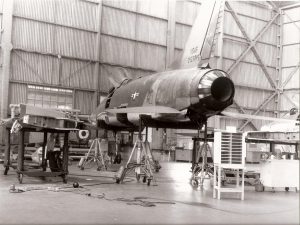
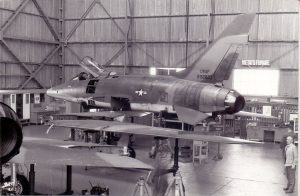
Be the first to comment
Graphic Design, Branding and Aviation Art